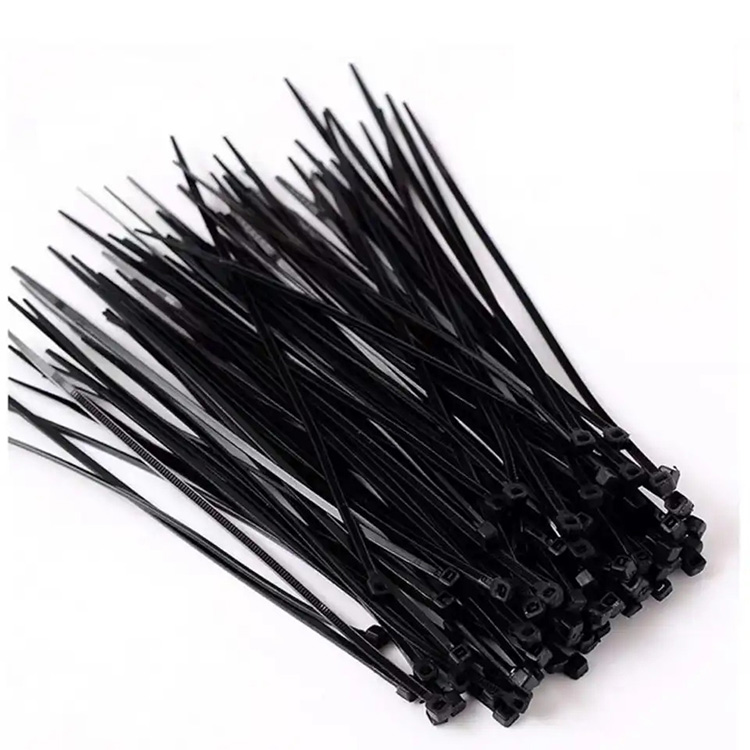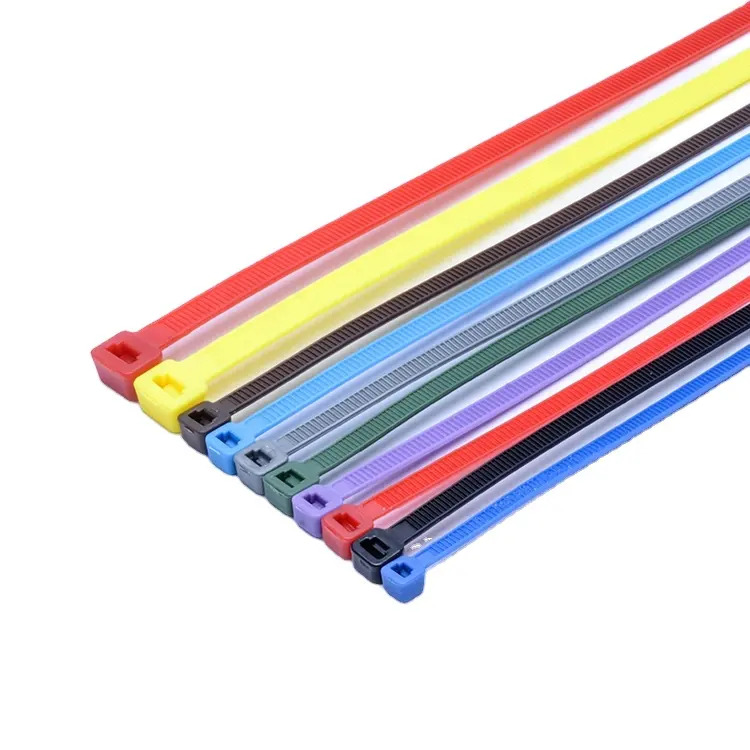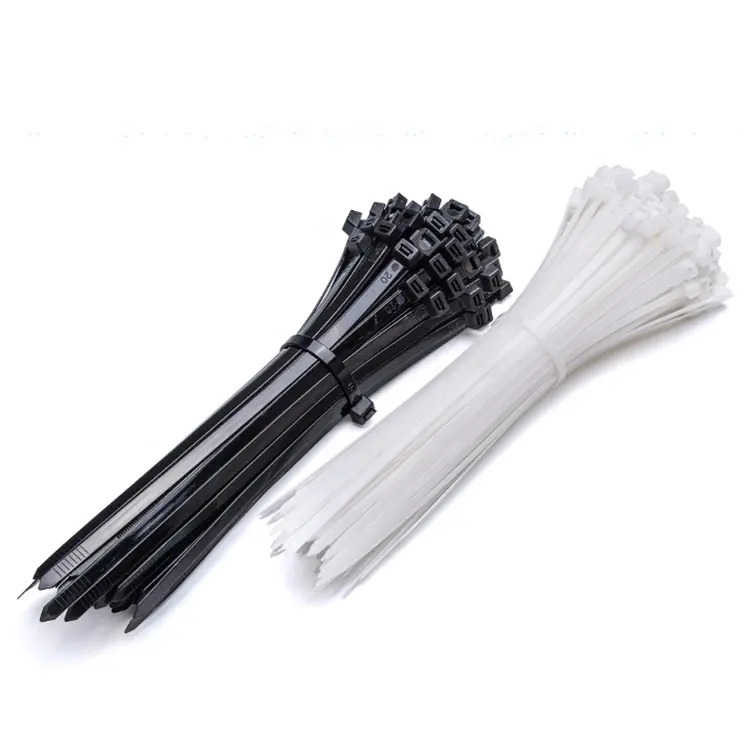Self Locking Nylon Cable Tie
Send Inquiry
Self Locking Nylon Cable Tie
Over sixty years ago in the aviation industry, engineers faced a significant problem where the increasing number of electrical wire harnesses in planes could not be efficiently managed and bound with one reliable tie. As a result, the safety of planes was at risk if the wire harnesses were not correctly connected. The ideal tie had to meet several requirements to function in the complex weather conditions encountered during flights.
The tie needed to resist air-slake and decomposition, provide insulation and safety for electrical wire harnesses, withstand both low and high temperatures, have sufficient strength and be crush-resistant. Additionally, it needed to be easy to install and meet a standard that anyone could follow.
In 1958, an engineer from Thomas & Betts, an electrical company, invented cable ties, marketed under the brand name Ty-Ray. The ties were made of a new chemical material called nylon-66, which offered air-slake resistance, insulation, crush resistance, and other advantages. Initially designed for airplane harness management, nylon cable ties have become a revolution in wire harness management. Today, more and more people choose nylon cable ties to bind things in their daily lives.
Self Locking Nylon Cable Tie Feature
Cable ties are made of UL-approved nylon-66 material with a fire rating of 94V-2. They have excellent acid and corrosion resistance, good insulation properties, are not easily aged, lightweight, safe and non-toxic, and have strong bearing capacity. The operating temperature ranges from -40 to 90 degrees Celsius. The comprehensive mechanical properties are far superior to general engineering plastics, making it an ideal material to replace copper, stainless steel, and other non-ferrous metals.
Self Locking Nylon Cable Tie Application
Cable ties have a wide range of applications and are used in various industries such as Christmas gift manufacturing, electronics production, wire processing, wire and cable management, toy manufacturing, festive decorations, stationery stores, supermarkets, residential daily use, electrical appliances, connectors, and more.






































